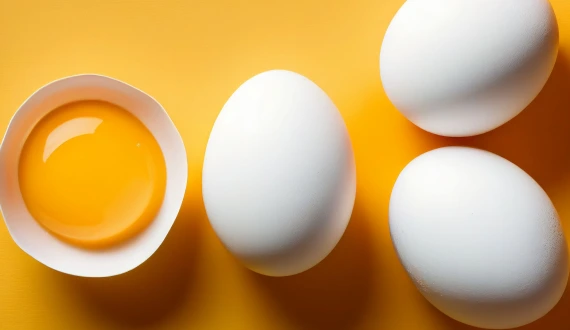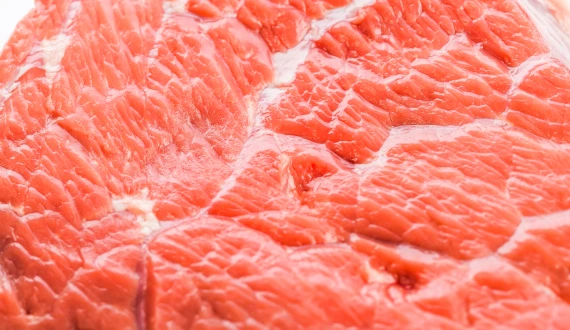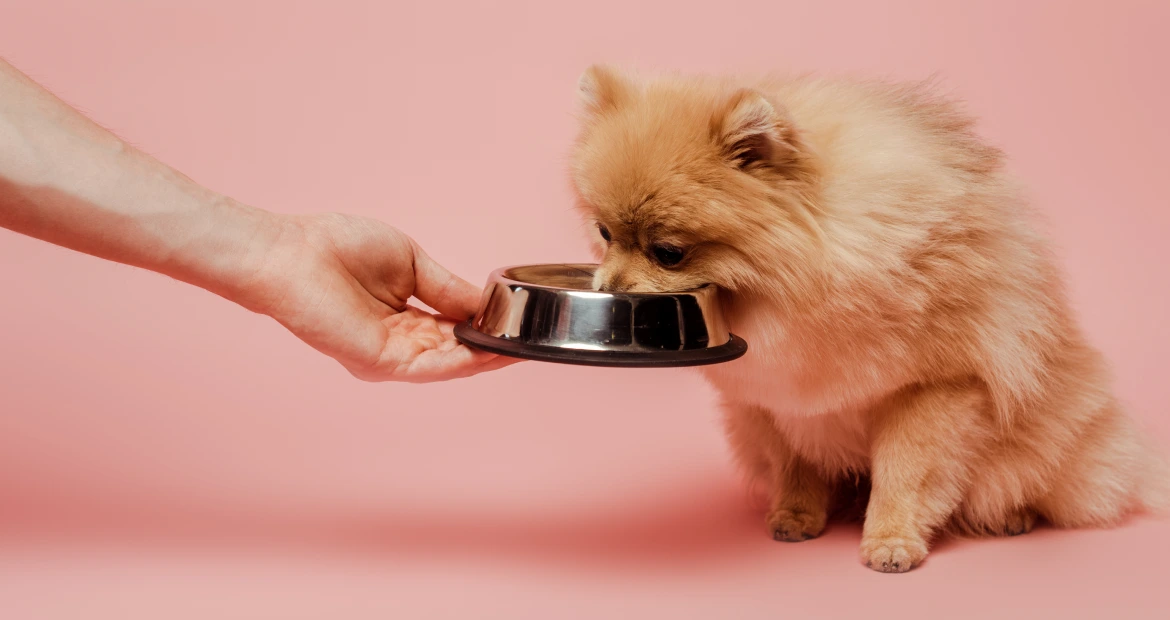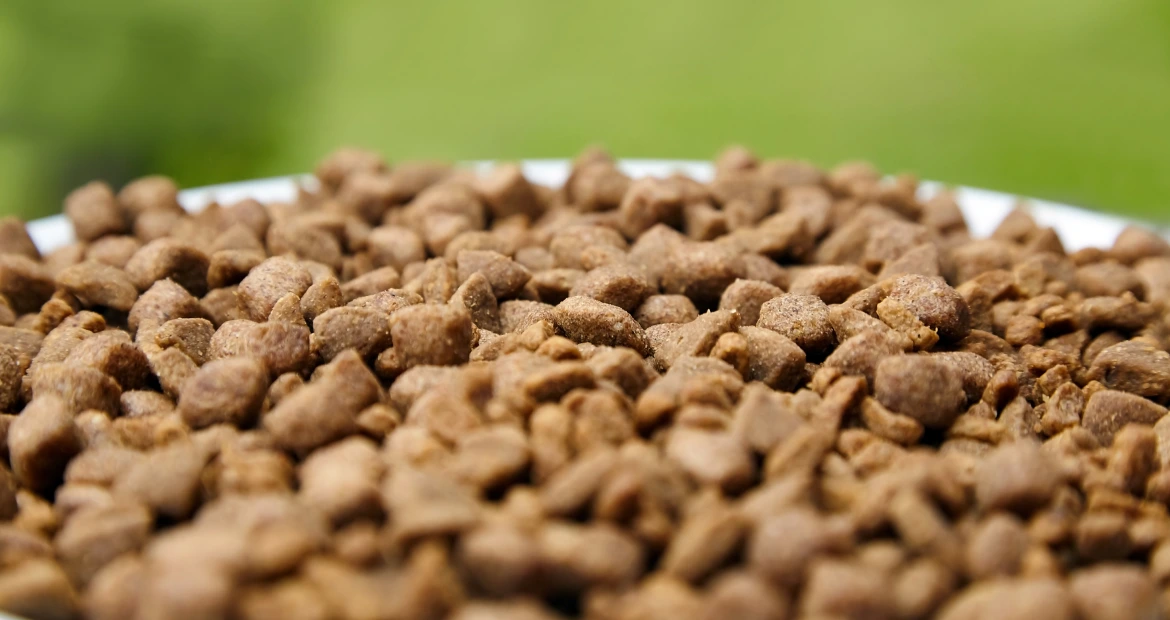Product's biological value, BVaap, and MTU Vet Club webinar.
High quality protein
The BVaap calculator is a tool to estimate the biological value of raw materials and finished feeds by calculating the amino acid profile. Those who are faced with nutritional science, formulating a feed, nutrition, and diets sometimes hear contradictory phrases: "There should not be too much protein" or, on the contrary, "There should be a lot of protein, and at the same time it should be of high quality, digestible, and nutritious!" That's correct. As an example, an older animal does not need a large amount of protein, but the protein should be of high quality. But what is meant by 'quality, digestible, and nutritious protein'? How do these indicators compare in turkey, chicken, beef? It goes without saying that animal protein is superior to plant protein, but how much worse is it, and why? Plant proteins, like animal proteins, can vary in their composition. There are easy comparisons: wheat protein and chicken protein—it is obvious which is healthier for the human and animal body in this case. But if we start comparing something similar like the proteins contained in turkey and chicken, chicken breast and thigh, soy protein, and maize protein? To make the mechanism of action in calculations clear, I have developed a special tool called the BVaap Calculator.


The perfect protein profile
Information on biological value is the basis for BVaap. Biological Value (BV) is a fairly well-known term and in fact refers to the proportion of protein that has been digested by the body and processed into its own proteins. Historically, difficult methods have been used to identify this indicator (with some errors): calculating how much protein nitrogen was eaten and how much protein nitrogen was excreted by the animal (not to be confused with digestibility—how much protein the animal ate and how much protein was excreted).
With the accumulation of evidence regarding the relative needs of different amino acids, the concept of the "ideal protein profile" has been developed. It is the name given to the correct ratio of all amino acids, which should fully satisfy the needs of a particular animal species.
Egg white was once experimentally indicated to be the protein that most closely resembled the ideal amino acid profile for humans; this was used to determine the 100-point mark, and since then, additional proteins have been compared to egg white and given points. Humans, food-producing animals, and certain laboratory animals all have known amino acid compositions. And now there is also data for non-productive animals available. The more extensive the variety is in dietary type among animals, the greater is the variation in amino acid profiles. In addition, the amino acid profile differs at different stages of the body's life.

Calculation of amino acid profiles
Where can we find data on the ideal amino acid profile for each life stage of each animal species? It is important to realize that the entire profile is needed (including essential and non-essential amino acids) by comparing it against the protein profile.
The research papers and articles utilized in the discussion of this problem have quoted the most often cited amino acid profile data from the NRC feed regulations. However, it should be noted that updating information in any legislation is a time-consuming procedure that lags behind current research developments. Therefore, our calculation was based on the latest scientific data on amino acid requirements.[1,2]
While the profile we have used for the calculation to date is as close to the ideal animal profile as possible, we will refine and expand the data for the BVaap calculator over the next few years as we update the scientific papers. This is currently a good starting point: a theoretical calculation of an index of conformity of the amino acid profile of a protein—raw material or feed—to the ideal amino acid profile of a particular animal species, without regard to digestibility.

Limiting amino acid principle
The calculation algorithm is based on the Liebig’s law of the minimum (also known as the 'Liebig's barrel' principle). The proteins are ultimately synthesized by the genes; that is, the DNA code is translated into mRNA, which is captured by the ribosome, and the ribosome is like a factory working according to a specific recipe. Every three nucleotides in the RNA sequence is "read" as a separate codon, which encodes a specific amino acid. This happens with each codon and amino acid in turn. In this case, if the transfer RNA fails to supply any of the amino acids, the unsynthesized protein is discarded and utilized. The important point to realize is that a deficiency of even one amino acid is critical to the body. The Liebich barrel principle suggests that the calculation is based on the deficient / limiting amino acid. While this model is a simplified version of the explanation, in principle all mechanisms work this way, and biological value is thus considered including for humans.
Subsequently, the ratio of the amino acid profile for each amino acid is counted. If the number is less than one, it means that this amino acid is less than in the ideal profile; if it is greater than one, it means that it is more than in the ideal profile. If we add a separately limiting amino acid on top of the raw material in the cat or dog food manufacturing process, we move on to the next limiting amino acid and raise the biological value to a higher percentage. The situation is slightly more complicated in cats than in dogs, because methionine is the most commonly deficient amino acid in dogs, whereas cats have a wide range of deficient amino acids. So in comparing the two amino acid profiles of a cat and a dog, you can see that it is the whole profile—all the amino acids—that is important, not just one limiting amino acid. Changes in the level of one amino acid are sometimes not enough, it is better to work with other sources of protein. This tool allows you to determine how specifically the protein used is compatible with different diets. The data was compared to the optimal amino acid profile for humans, including a comparison of recognized limiting amino acids in human nutrition.

Ingredient base of feed and BVaap
The principal result of our study on analyzing the biological value of raw materials can be seen in the figure "Comparison of BVaap main ingredients." Data for the amino acid profile of adult cats and dogs was used as a basis. [3]

What is interesting to see is that egg white for dogs as well as for humans (the biological value of egg white for humans is 97%) has a biological value of 93% with the limiting amino acids methionine and threonine, while for cats the biological value of egg white is only 74% with the limiting amino acid arginine.
You may wonder why there is no limiting amino acid taurine. The answer is simple: taurine is a non-protein amino acid, and fluctuations can be very high; besides, there are not many publications and studies on raw materials with taurine, so taurine from raw materials is not taken into account in the calculation and is always added separately in feed production.
A good example of the difference in digestibility and assimilation, in this case, is feather meal. If keratin/collagen is split, i.e. hydrolyzed, its digestibility is high. And once digested, its biological value for cats becomes 18% (with a number of limiting amino acids) and 17% for dogs (with one limiting amino acid). But if keratin / collagen is not hydrolyzed, then its digestibility is practically zero and, therefore, its biological value to the body will be insignificant. In addition, feather meal that is not hydrolyzed (even 5% of the composition) can have a bad effect on the animal's digestion.
From the chart above, it can also be noted that animal proteins are a more useful raw material in cat and dog food than plant proteins in terms of biological value, and are on average at 50-80% of BVaap.
Since there are practically no raw materials with a biological value higher than 80 %, it is impossible to take one ideal protein and make food based on it - it is necessary to independently select combinations of protein sources to get a good biological value for a cat or dog at the level of 65-80%.
Figures on amino acid profile of the presented raw materials are taken from the reference books "Chemical composition of food products. Reference tables of the content of basic nutrients and energy value of dishes and culinary products" / Ed. by Prof. Dr.-Ing. I. М. Scurikhin, And for specific ingredients of animal feed we take data from the American Veterinary Nutrition Association database with average analysis of more than 20 profiles.

Application of the BVaap calculator
Thanks to the BVaap parameter it is possible to:
- select raw materials with maximum nutritional content for feed production, especially relevant for older animals (now you can understand what protein should be low in quantity while it should be of high quality) and specialized dietary rations;
- assess the quality of raw materials and reveal a fraud using amino acid profile (which is very important for technologists, R&D staff, feed manufacturers);
- If necessary, add methionine separately to increase the biological value of the meal in order to refine the diet—for instance, recognizing that dogs are lacking in this amino acid;
- evaluate the biological value of new technological types of protein (black soldier fly, fermented vegetable proteins, "bacterial protein out of gas", etc.) to understand to what extent they are able to replace "classic" sources—chicken, turkey, and others—without compromising animal health.
To read about how we started using the BVaap calculator to calculate biological value for BOWL WOW™ dry and wet feeds, see BVaap Calculator and Measuring the Protein Quality in Pet Food (bowlwow.com). Through these checks, you can make sure that the feed is not made from feather meal or through the heavy addition of plant-based protein sources, but from high-quality animal proteins.
—————————————————
[1] Amino Acids in Nutrition and Health. Amino acids in systems function and health / ed. Guoyao Wu. Cham, Switzerland: Springer Nature, 2020. 220 p. (Advances in Experimental Medicine and Biology ; vol. 1265).
[2] Amino acid nutrition and metabolism in domestic cats and dogs. Li and Wu, Journal of Animal Science and Biotechnology (2023). httns://doi.ore/10.1186/s40104-022-00827-8
[3] Chemical composition of Russian food products: Handbook / Ed. by Corresponding Member of MAI, Prof. I. M. Scurikhin and Academician of RAMS, Prof. V. А. Tutelyan. -X46M.: DeLi Print, 2002. - 236 p.



